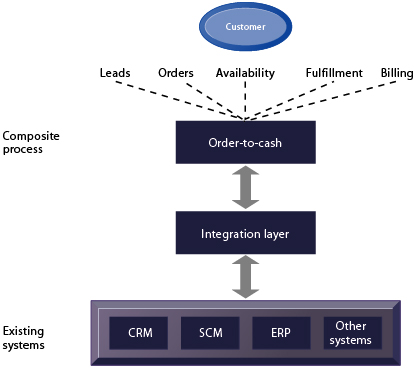| Section 9.4: Bullet Text |
Management Opportunities, Challenges, and Solutions
Many firms obtain extraordinary business value from enterprise applications because of their power to improve process coordination and management decision making.
However, enterprise systems, supply chain management, and customer relationship management systems are very expensive to purchase and implement. Costs run even higher for organizations with global operations, which must manage organizational and technology changes in many different languages, time zones, currencies, and regulatory environments.
Enterprise applications require not only deep-seated technological changes but also fundamental changes in the way the business operates, including changes to business processes, employee responsibilities, and functions.
Enterprise applications also introduce "switching costs." Once an enterprise application is purchased and implemented, it becomes very costly to switch vendors.
Enterprise applications require defining and implementing standardized definitions of data throughout the organization.
Solutions for gaining more value from enterprise applications include:
- Enterprise solutions (enterprise suites or e-business suites): Flexible enterprise software that enables close linking between CRM, SCM, and enterprise systems, as well as to customer and supplier systems.
- Service platforms: A service platform integrates multiple applications from multiple business functions, business units, or business partners to deliver a seamless experience for the customer, employee, manager, or business partner. Enterprise-wide service platforms provide a greater degree of cross-functional integration than the traditional enterprise applications. To accomplish this, software tools (such as Web services and XML) use existing applications as building blocks for new cross-enterprise processes. Portal software can integrate information from enterprise applications and disparate in-house legacy systems, presenting it to users through a Web interface so that the information appears to be coming from a single source.
Figure 9-12.
 |
|